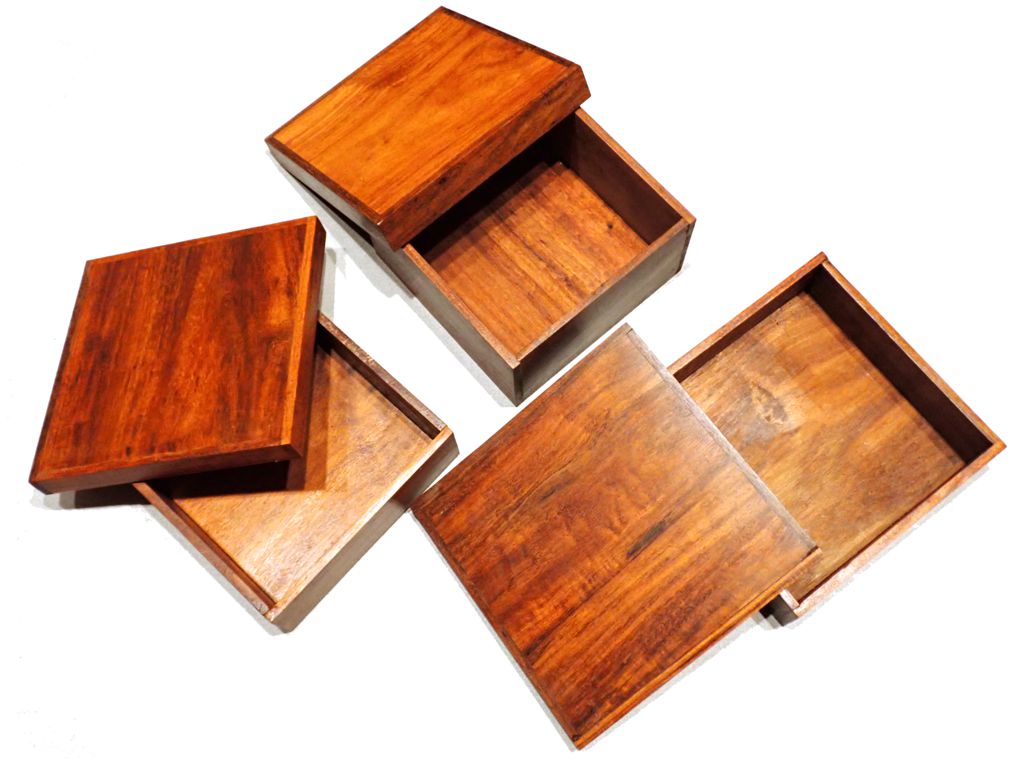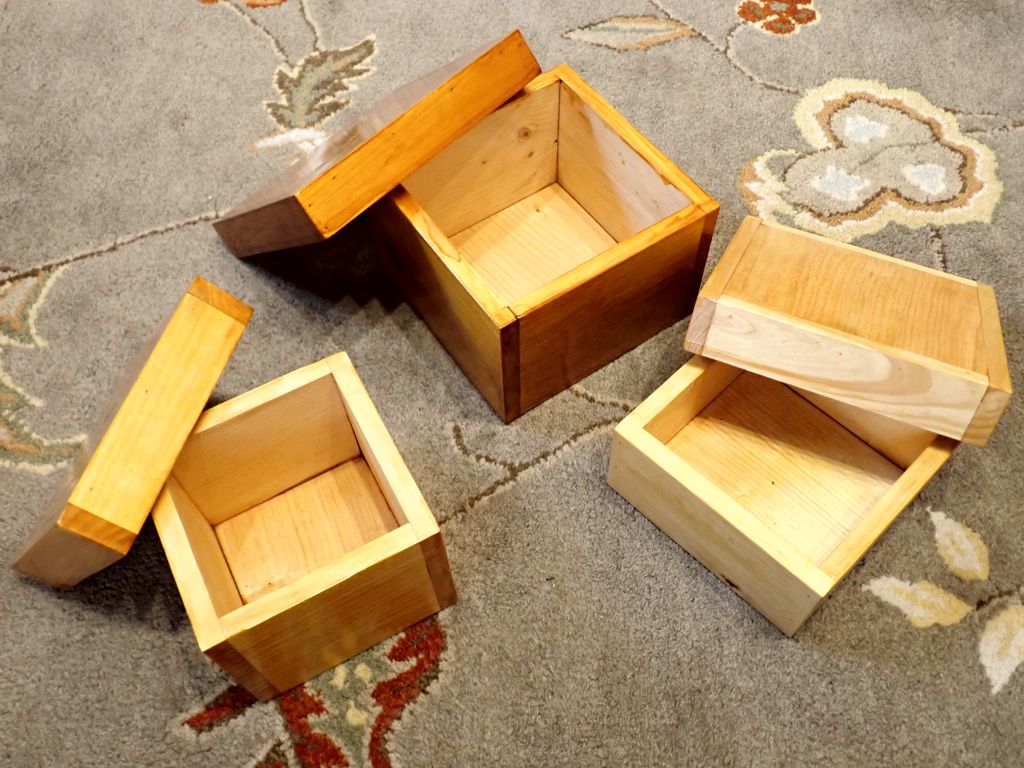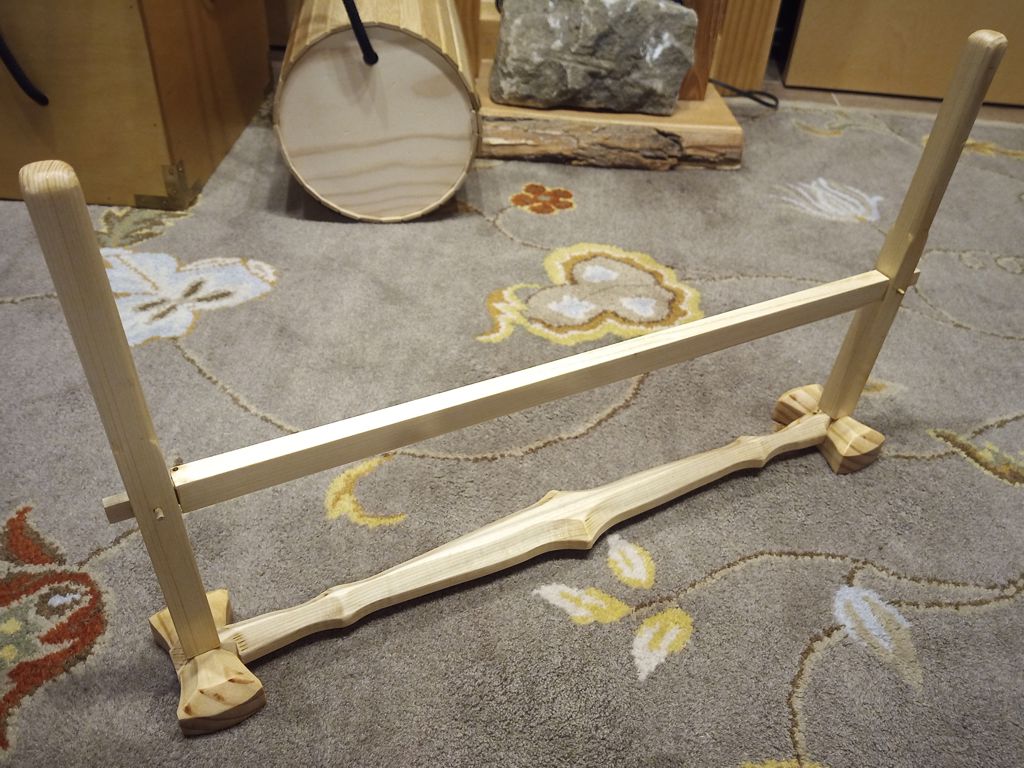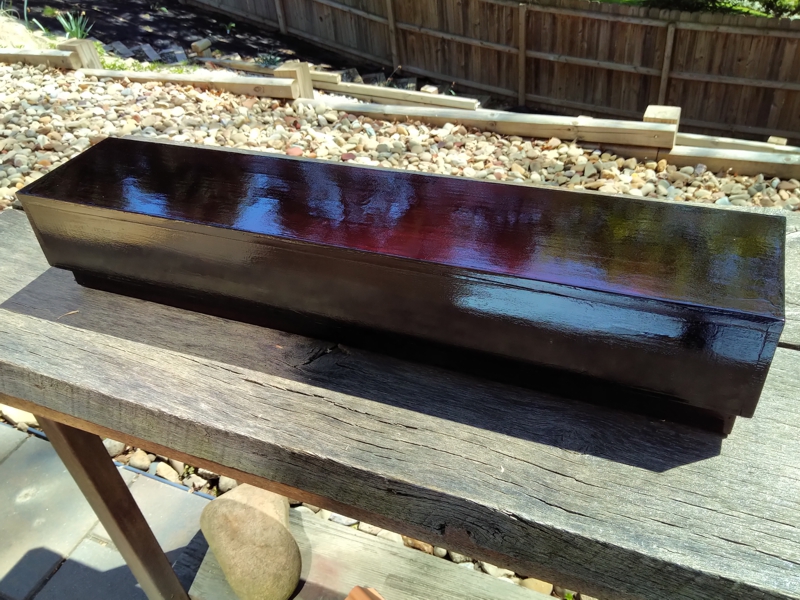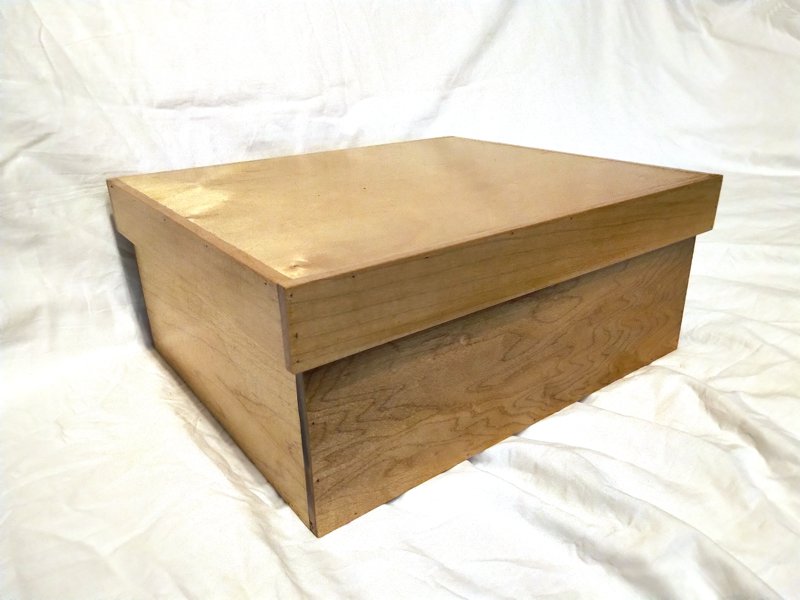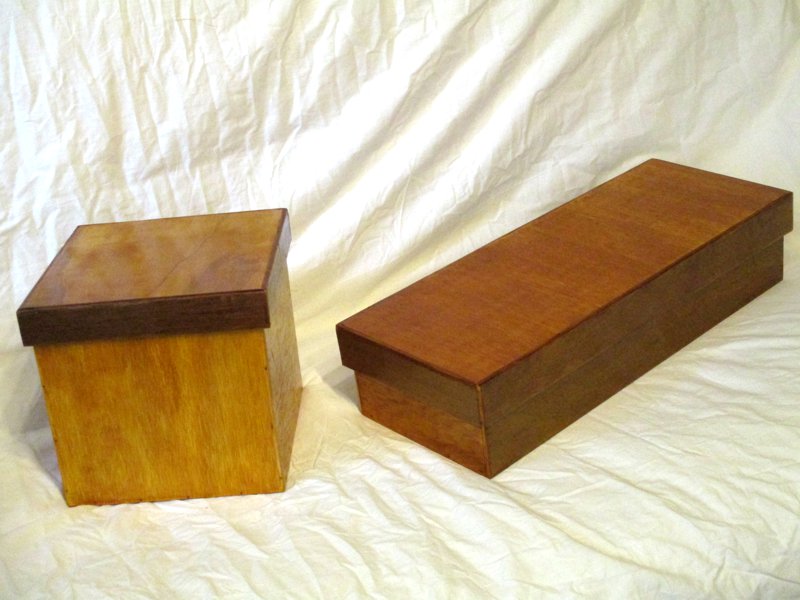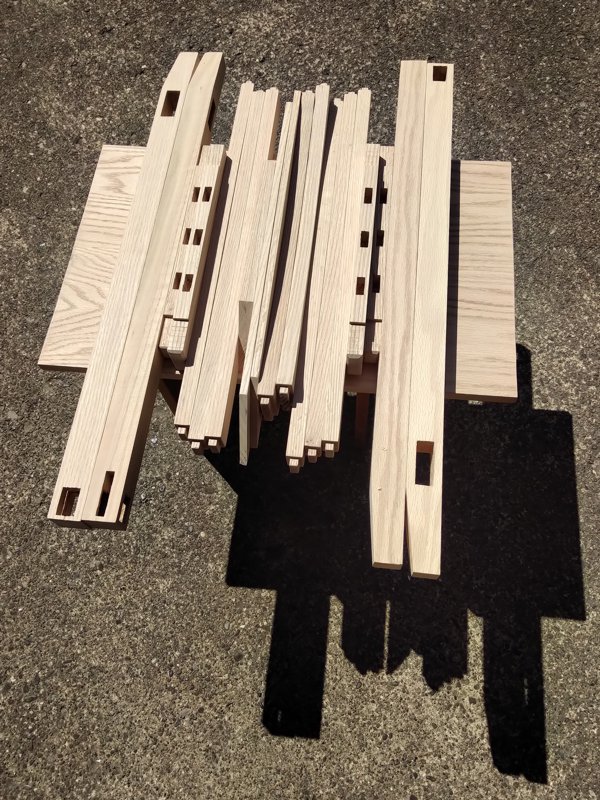Way back in the mists of before-me time, Sharon‘s sister Megan (with Sharon’s mom’s help) made a grocery list holder as a gift for Sharon. It holds an old-fashioned roll of receipt paper (and a pencil) up on the wall so that you can quickly and easily jot down items for the next grocery trip. Sharon has used this holder for grocery lists ever since, and I dutifully started using it when I moved in with Sharon in the Spring of 1996. When you are ready to go grocery shopping, you pull down on the list until it is below the crossbar, then use the crossbar as a tearing guide to remove the list.
There is only one problem: we make two grocery trips a week because the two stores have different merchandise. Most weeks, Sharon goes to one store and I go to the other. Keeping two lists on one holder doesn’t work very well. If the “upper” list needs to be detached before the “lower” list, then the lower list winds up getting tucked into the crossbar and it is difficult to add things. Also, the detached list now has limited room. The solution was for someone (me) to make a second grocery list holder.
I made mine from some of the pine board that I planed down to 5/8-inch for the Medium Japanese Tool Chest project. That’s why it looks a little smaller than the original. I did all of the cutting on the band saw, and smoothed all the saw marks by hand with a plane and some sandpaper. I used copper nails instead of iron nails, because I like the way that looks. Megan and Ivy used a rustic stain-only finish, which is fine and enables it to develop a patina. The pine on my list holder is finished with blonde shellac to seal it more completely for a brighter look.
Ivy says that she based the first one on a list holder that was on the wall of her parents’ house while she was growing up. When I sent a picture of these two to Megan, she said that she could really use one of these, so I will probably wind up making at least one more. Megan’s oldest offspring is now living in his own place, so he should probably have one as well. Maybe I should draw up some plans and write some instructions so that I don’t have to do all of these myself.



